Introduction
M5Stack provides a range of modular development boards, known as Core Controllers, which have been designed for use in a variety of IoT applications. These controllers are built around the ESP32 microcontroller and offer a range of features and capabilities. This article will examine the distinctions between the M5Stack Core controllers and present a comparative table to illustrate their principal specifications.
M5Stack Core: Overview and Features
The M5Stack Core is the inaugural development board in the Core series. The device features a 2-inch colour touchscreen, Wi-Fi and Bluetooth connectivity. The Core is equipped with 320 KB of SRAM, 128 KB of ROM, and a built-in 2 MB flash. Furthermore, the product includes 19 general-purpose input/outputs (GPIOs), an analog-to-digital converter (ADC), a serial peripheral interface (SPI), a universal asynchronous receiver-transmitter (UART), an inter-integrated circuit (I2C), an inter-integrated circuit (I2S), a remote transceiver module (RMT), a general-purpose direct memory access (GDMA), and a light-emitting diode pulse-width modulation (LED PWM1). The Core has been designed with modularity in mind, allowing compatibility with a range of expansion modules and accessories.
M5Stack Core2: Overview and Features
| Feature | Core2 | Core2 for AWS |
| Processor | Single-core 32-bit RISC-V | Single-core 32-bit RISC-V |
| Clock Frequency | Up to 160 MHz | Up to 160 MHz |
| Memory | 320 KB SRAM, 128 KB ROM, 2 MB Flash | 320 KB SRAM, 128 KB ROM, 2 MB Flash |
| Connectivity | Wi-Fi, Bluetooth | Wi-Fi, Bluetooth |
| Special Features | - | Microchip ATECC608 Trust&Go |
| Use Cases | General IoT projects | AWS IoT applications |
The M5Stack Core2 is an enhanced iteration of the Core, equipped with a 2.8-inch colour touchscreen for enhanced visualisation. The Core2 retains the same core specifications as the original Core, including Wi-Fi, Bluetooth, 320 KB of SRAM, 128 KB of ROM, and 2 MB flash. Furthermore, the Core2 includes 19 GPIOs and is compatible with a range of peripherals. The larger screen provides an enhanced user interface, ideal for projects requiring more display space.
M5Stack CoreS3: Overview and Features
The M5Stack CoreS3 represents the third generation of the Core series and offers a number of enhancements over its predecessors. The device features a dual-core 32-bit Xtensa LX7 processor, which offers enhanced performance compared to the single-core RISC-V processor found in the Core and Core2 models. The CoreS3 is equipped with 320 KB of SRAM, 128 KB of ROM, and 8 MB of flash memory. Furthermore, the device features a 2.8-inch colour touchscreen, an RGB status indicator and a programmable button. The CoreS3 has been designed for high-performance IoT projects and offers enhanced processing power and display capabilities.
Key Differences Between M5Stack Core Controllers
| Feature | Core | Core2 | CoreS3 |
| Processor | Single-core 32-bit RISC-V | Single-core 32-bit RISC-V | Dual-core 32-bit Xtensa LX7 |
| Clock Frequency | Up to 160 MHz | Up to 160 MHz | Up to 240 MHz |
| Memory | 320 KB SRAM, 128 KB ROM, 2 MB Flash | 320 KB SRAM, 128 KB ROM, 2 MB Flash | 320 KB SRAM, 128 KB ROM, 8 MB Flash |
| Connectivity | Wi-Fi, Bluetooth | Wi-Fi, Bluetooth | Wi-Fi, Bluetooth |
| GPIOs | 19 GPIOs | 19 GPIOs | 23 GPIOs |
| Special Features | - | Larger 2.8-inch touchscreen |
RGB status indicator, programmable button |
| Use Cases | General IoT projects | General IoT projects | High-performance IoT projects |
Conclusion
In conclusion, the M5Stack Core controllers provide a variety of options to suit different IoT applications. The Core and Core2 are well-suited to general IoT projects, while the CoreS3 offers enhanced performance for more demanding applications. The CoreC3 and CoreC3U have been designed for use in industrial IoT applications, with the CoreC3U offering enhanced security features. Gaining an understanding of these differences can assist developers in selecting the most appropriate development board for their particular project requirements.


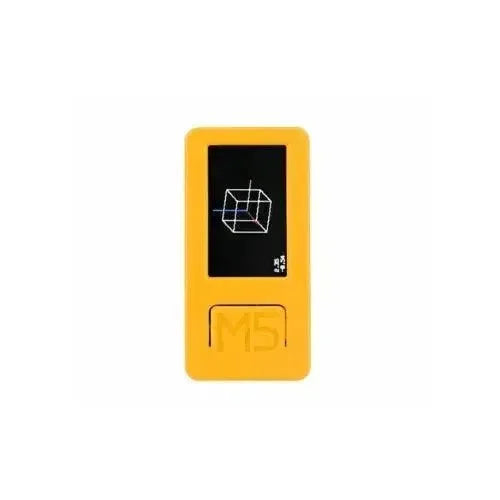
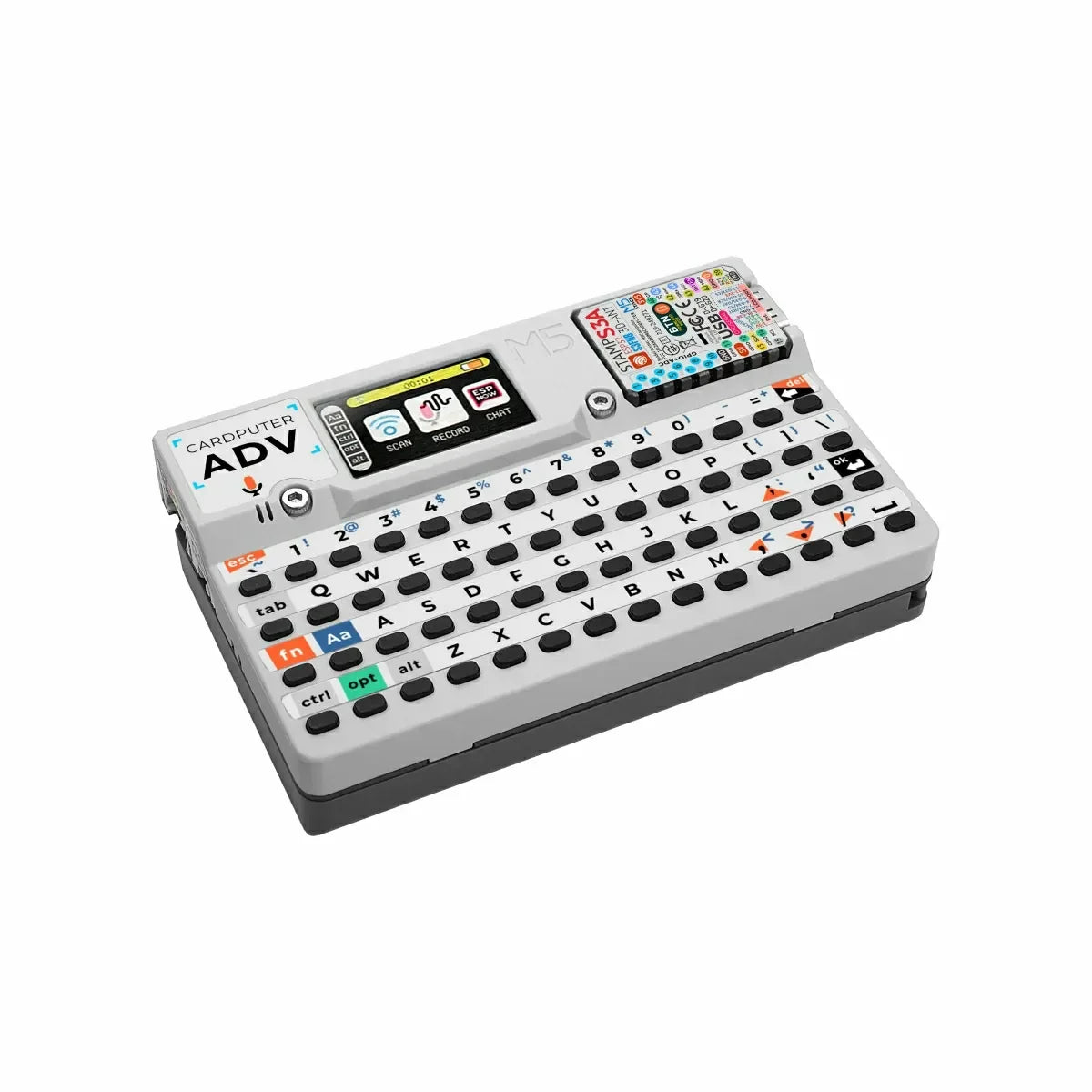
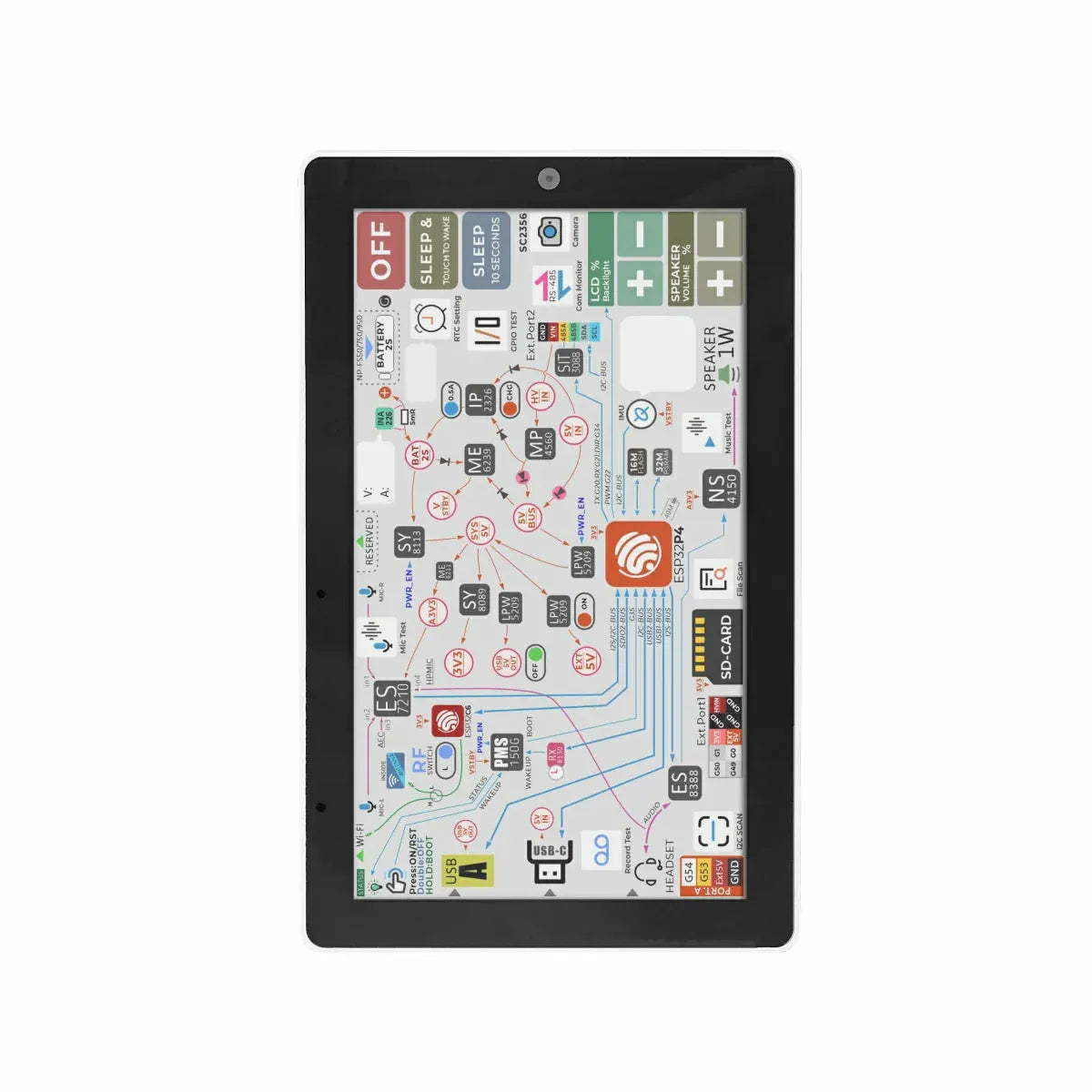
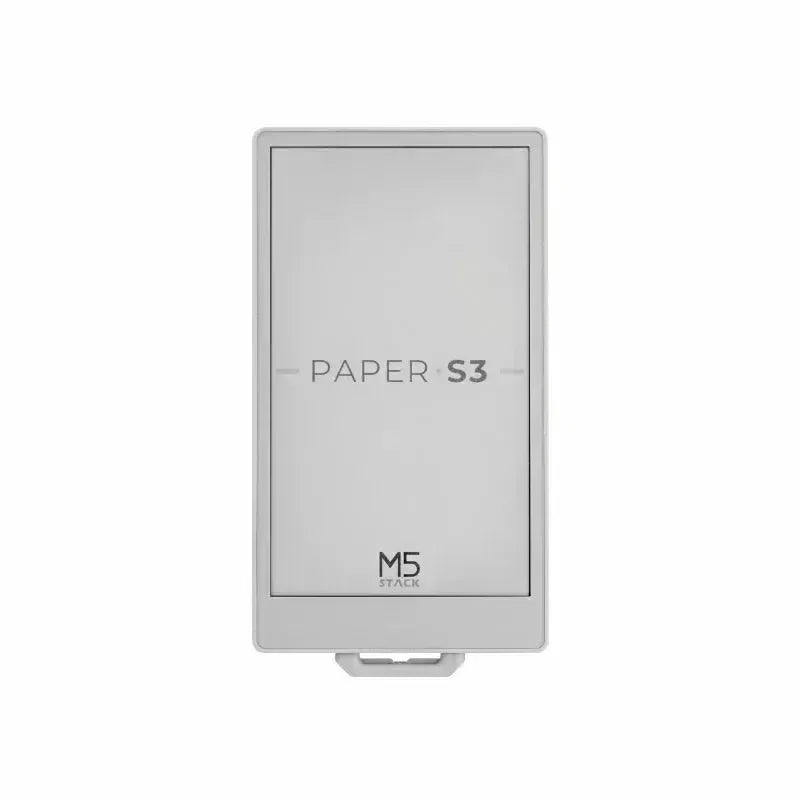





























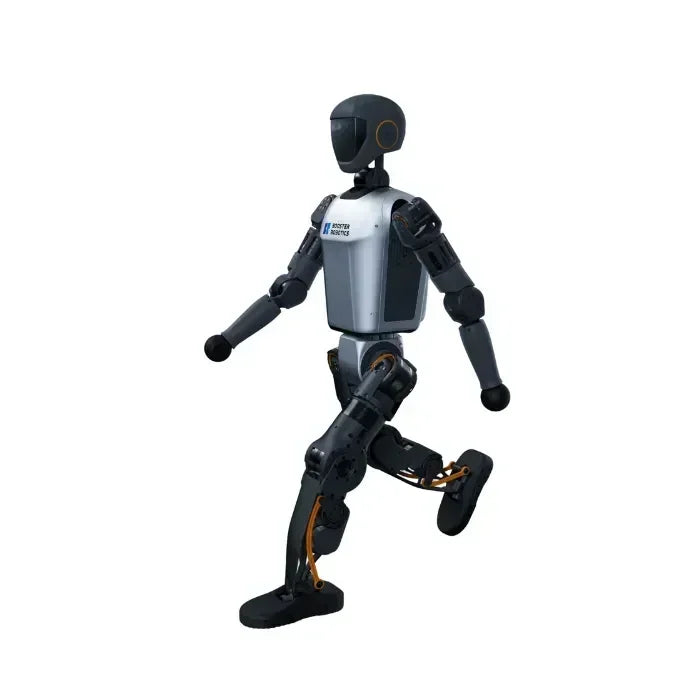










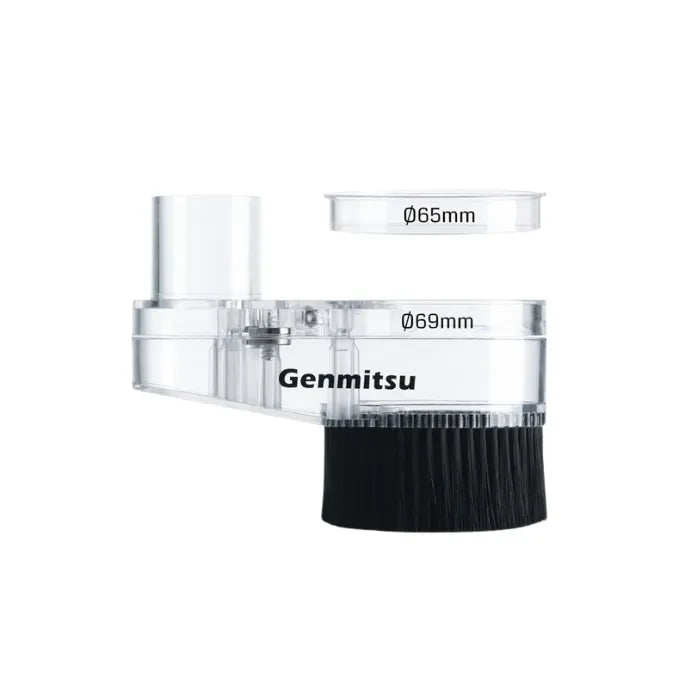





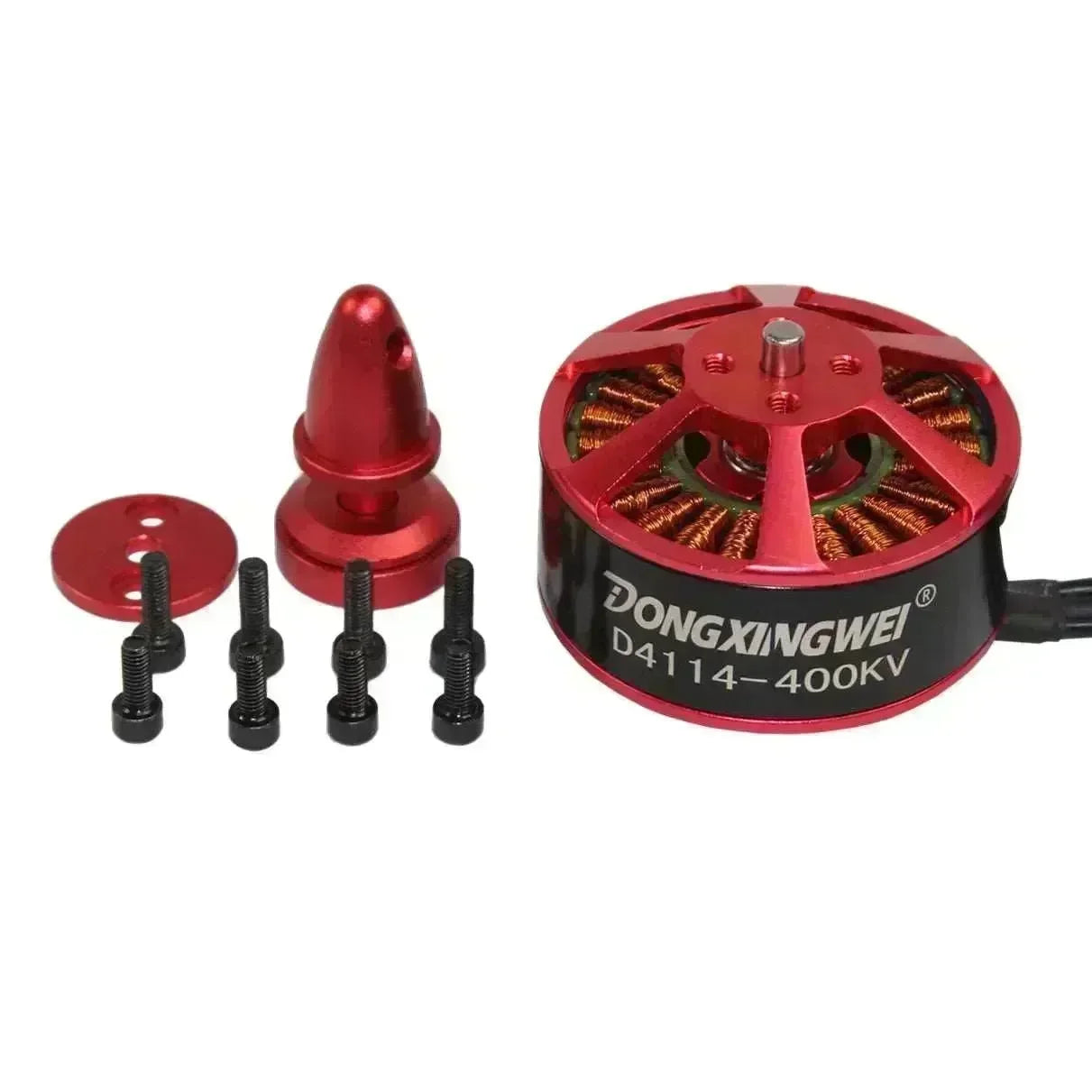

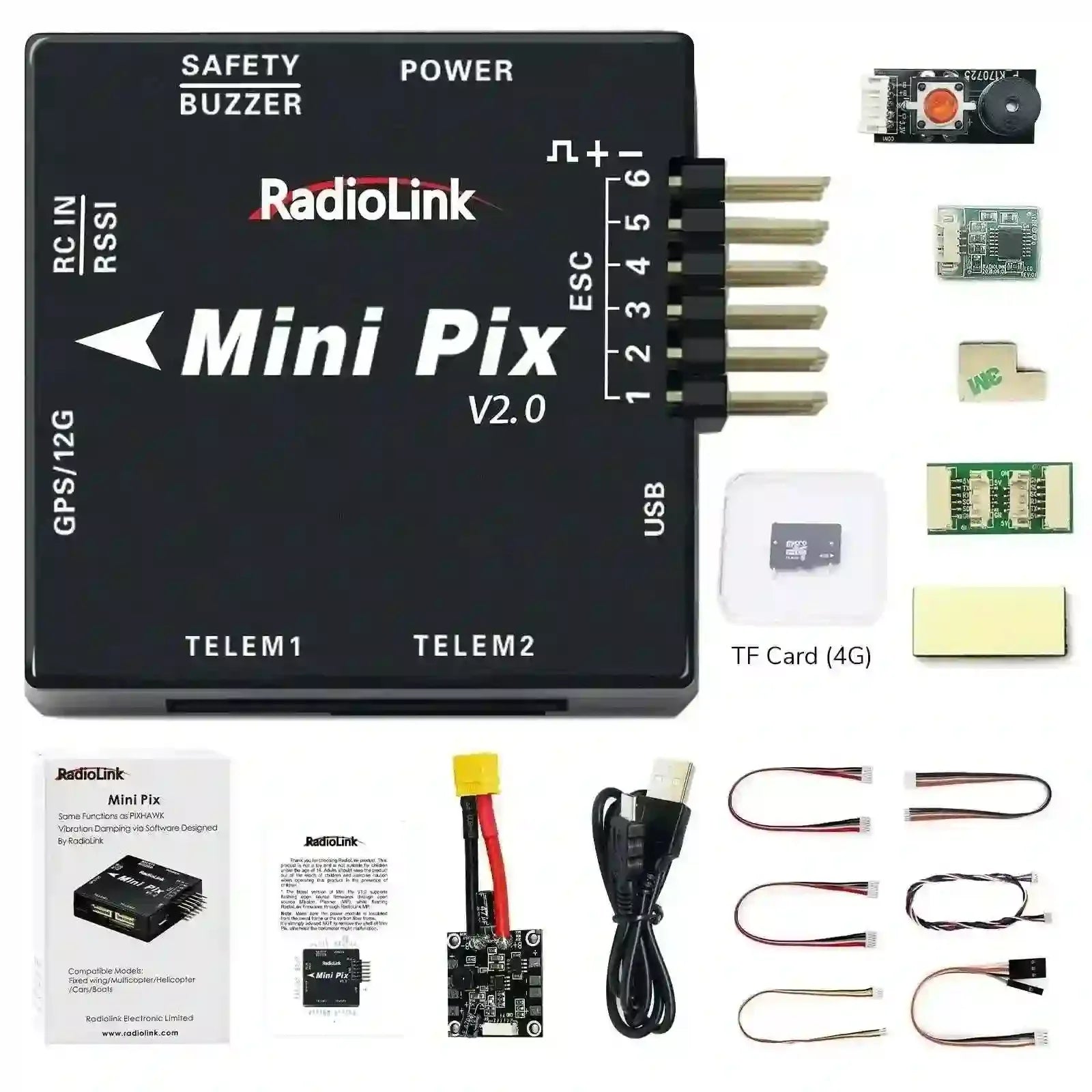

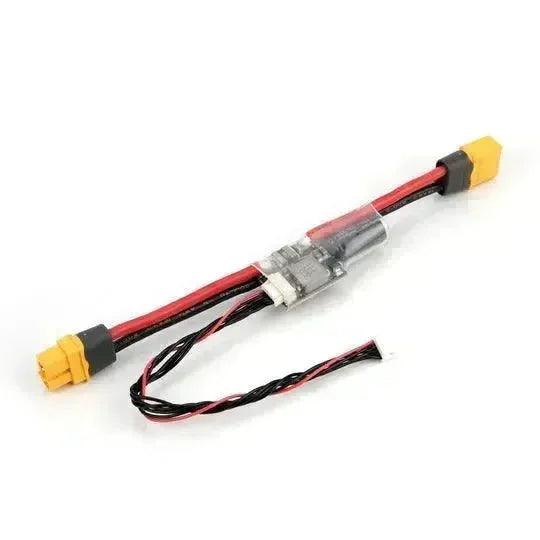

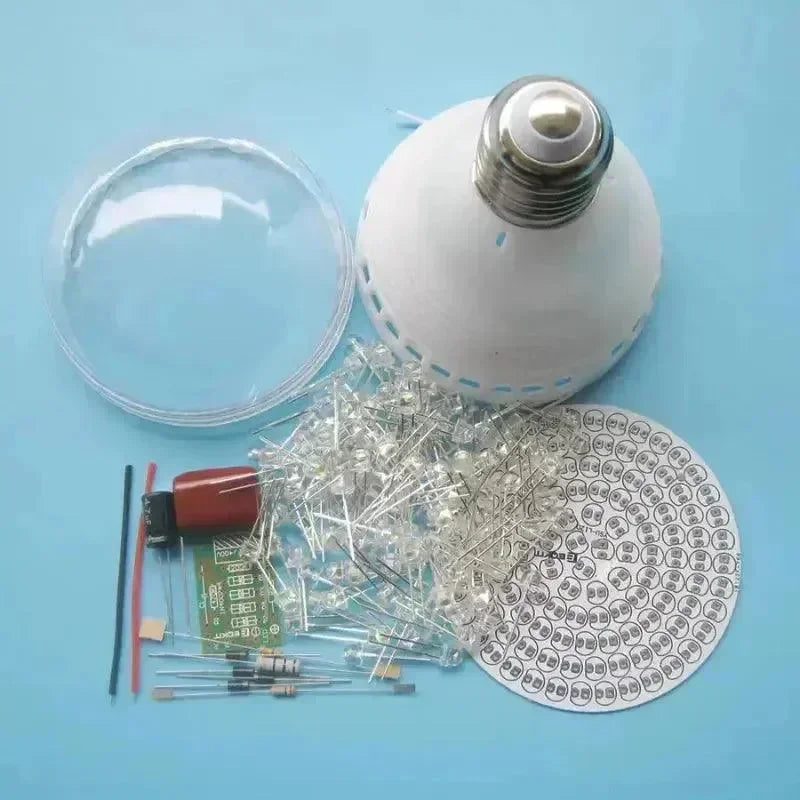







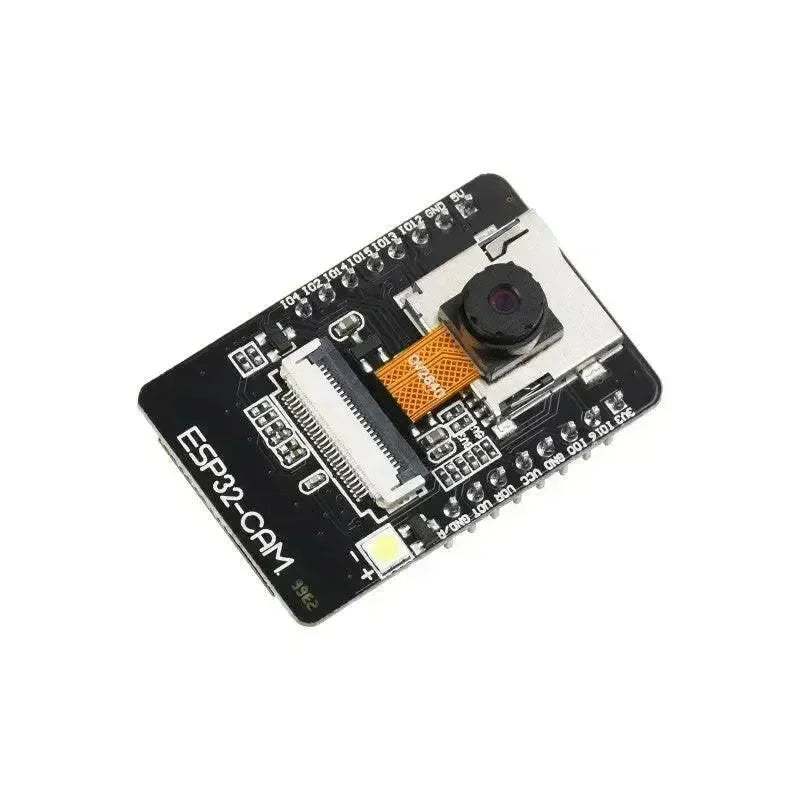




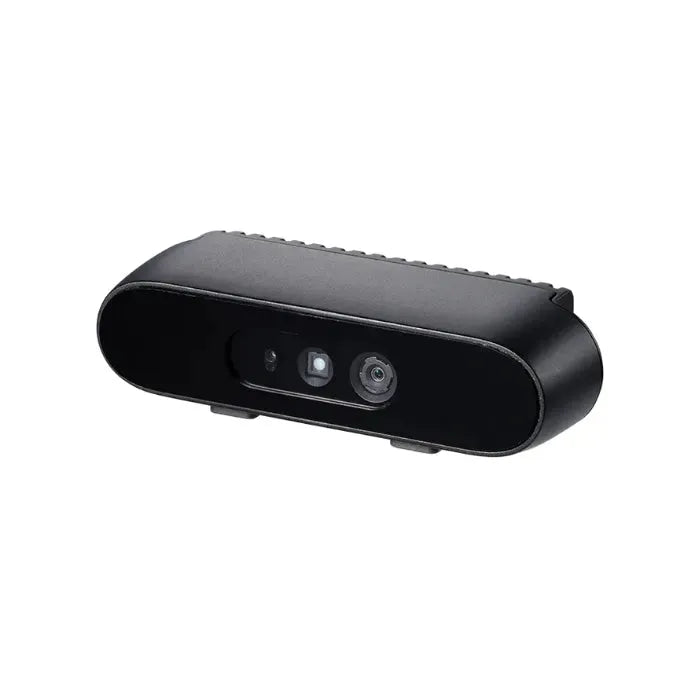


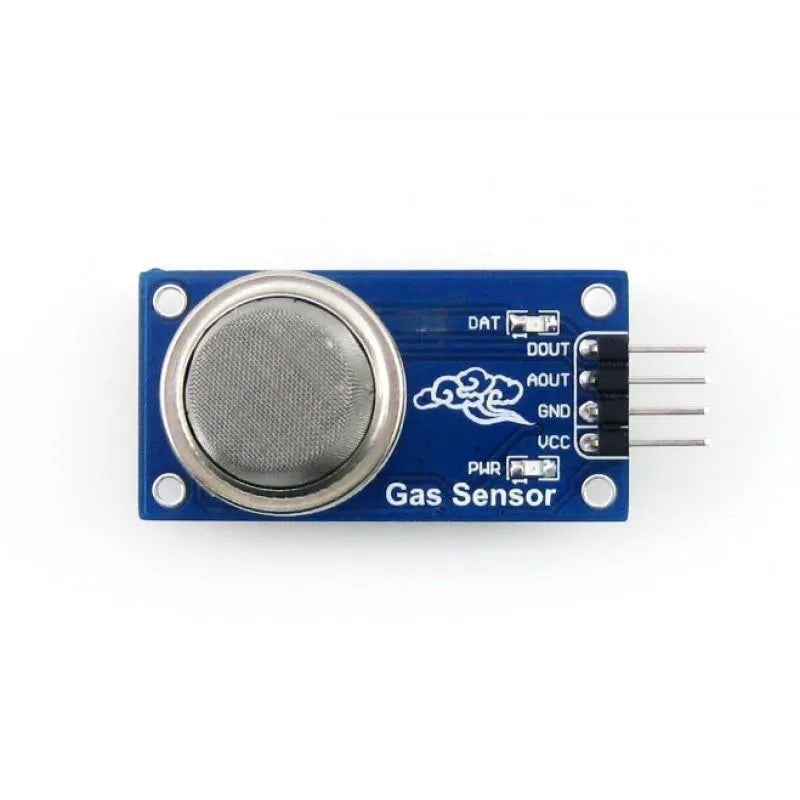






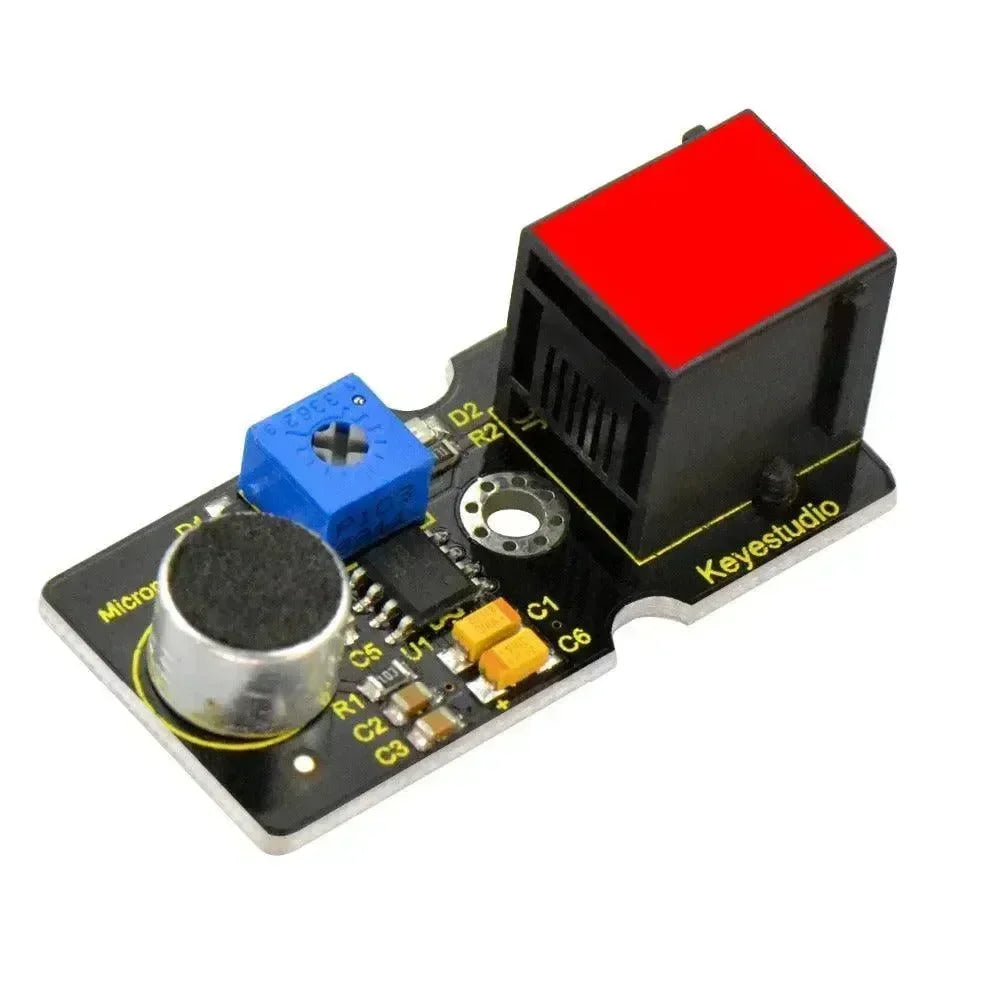


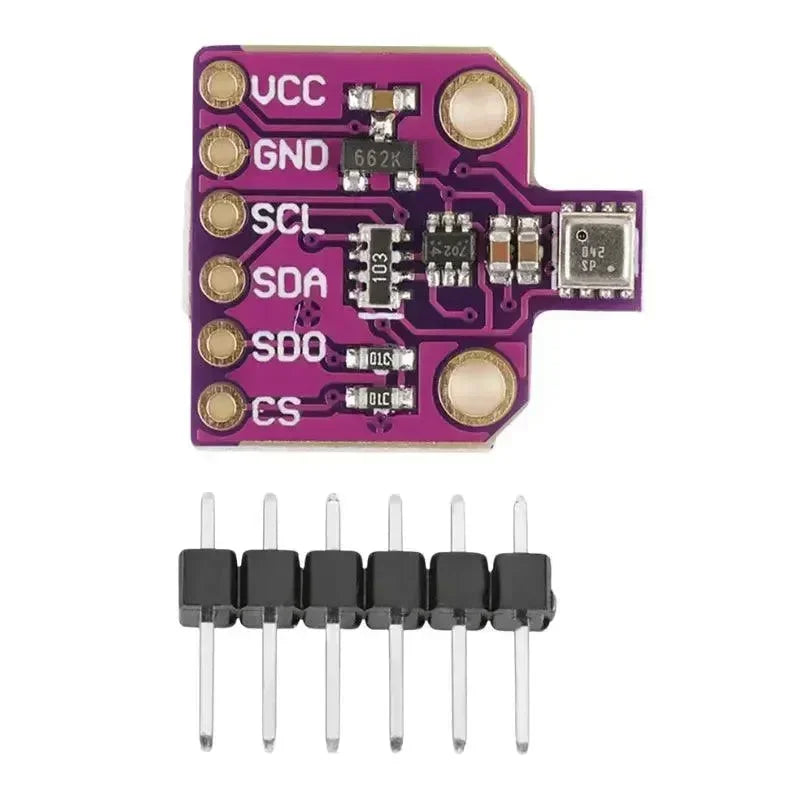








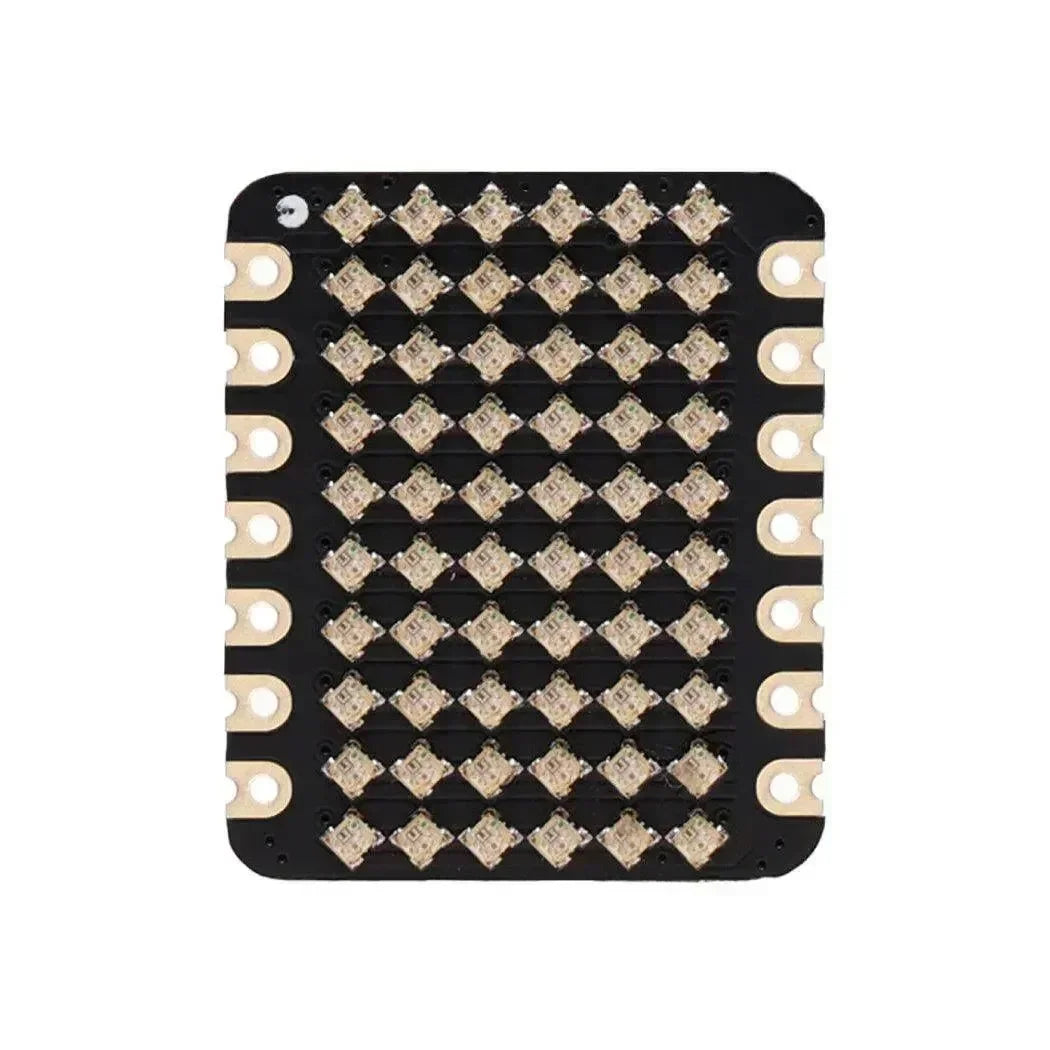
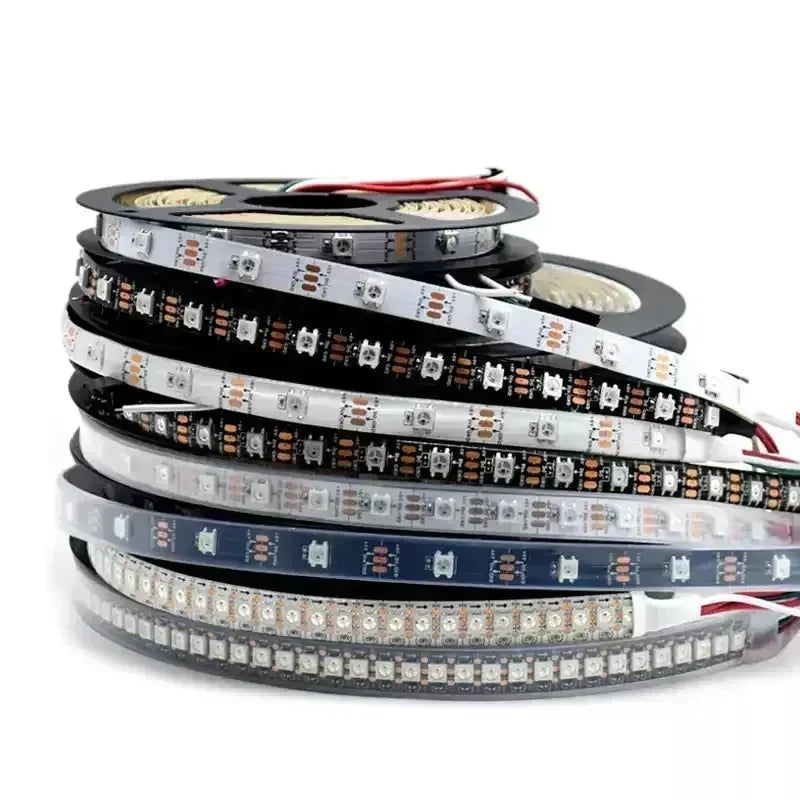
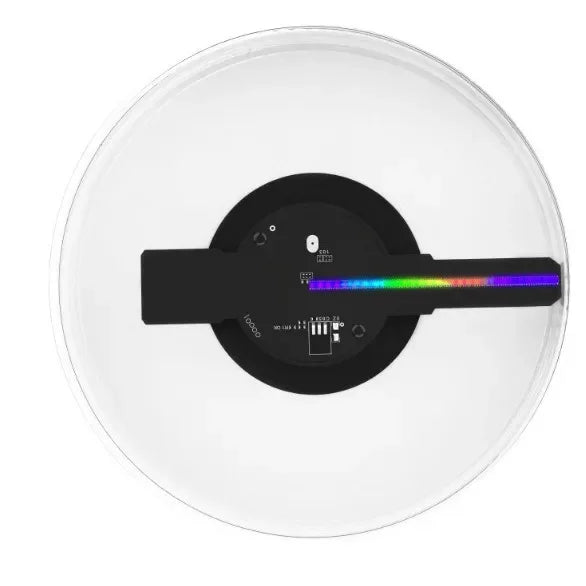
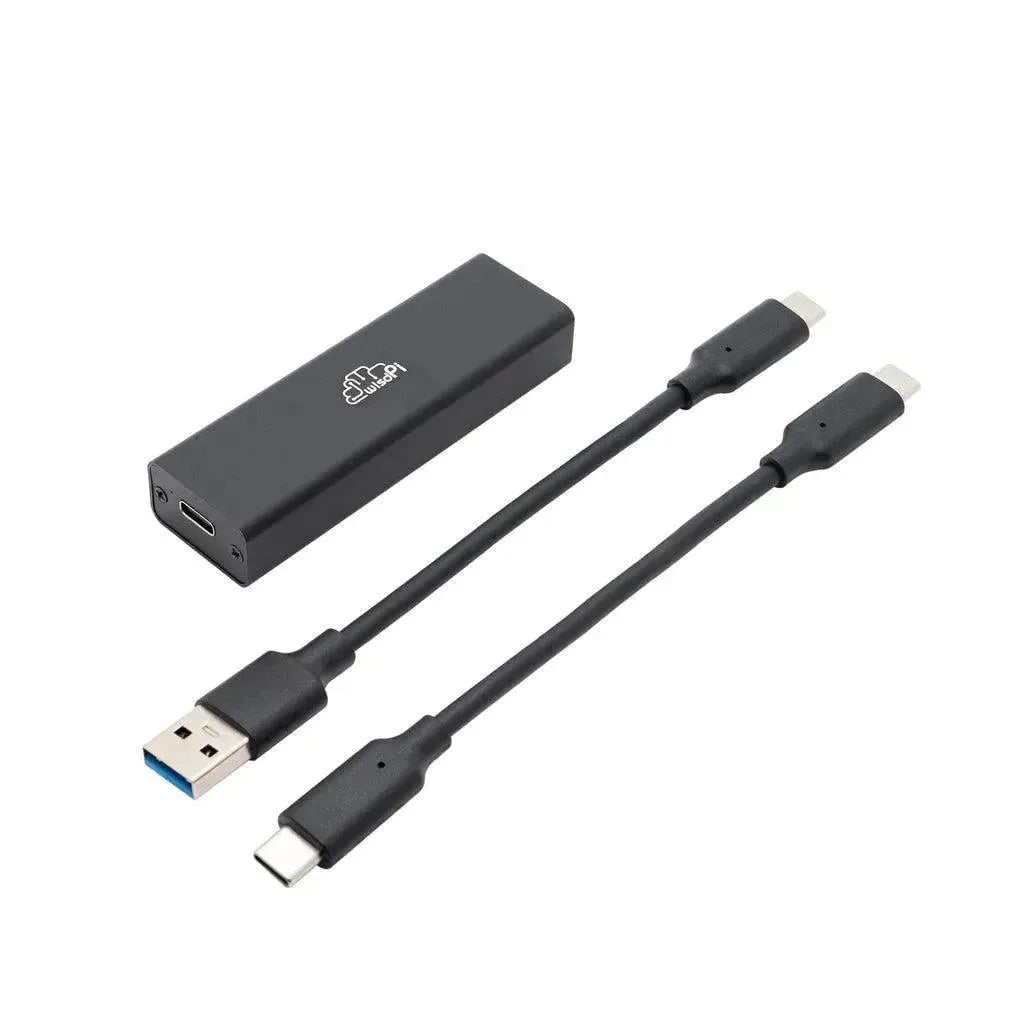

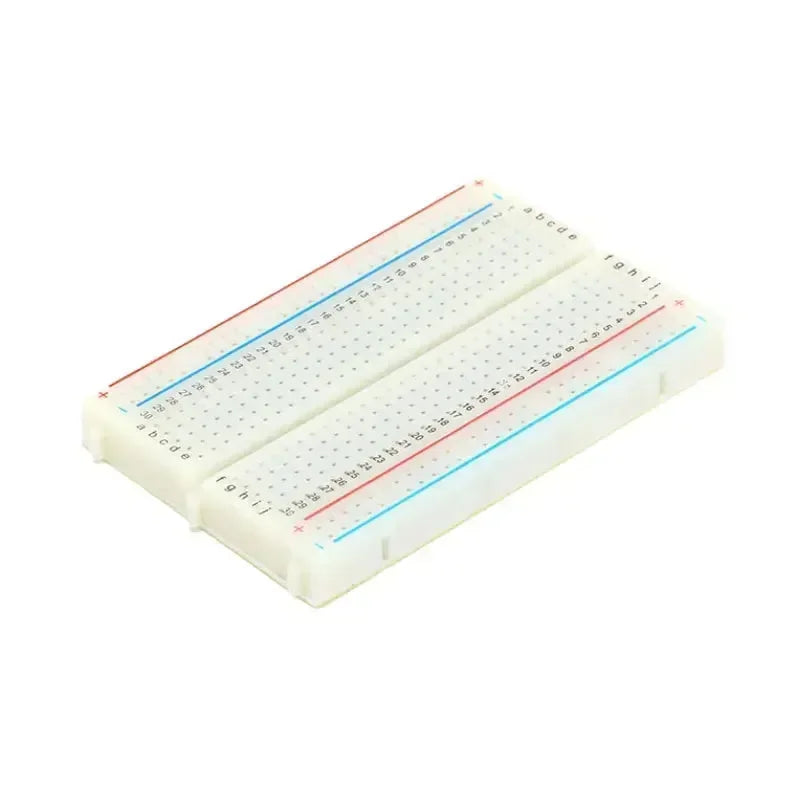


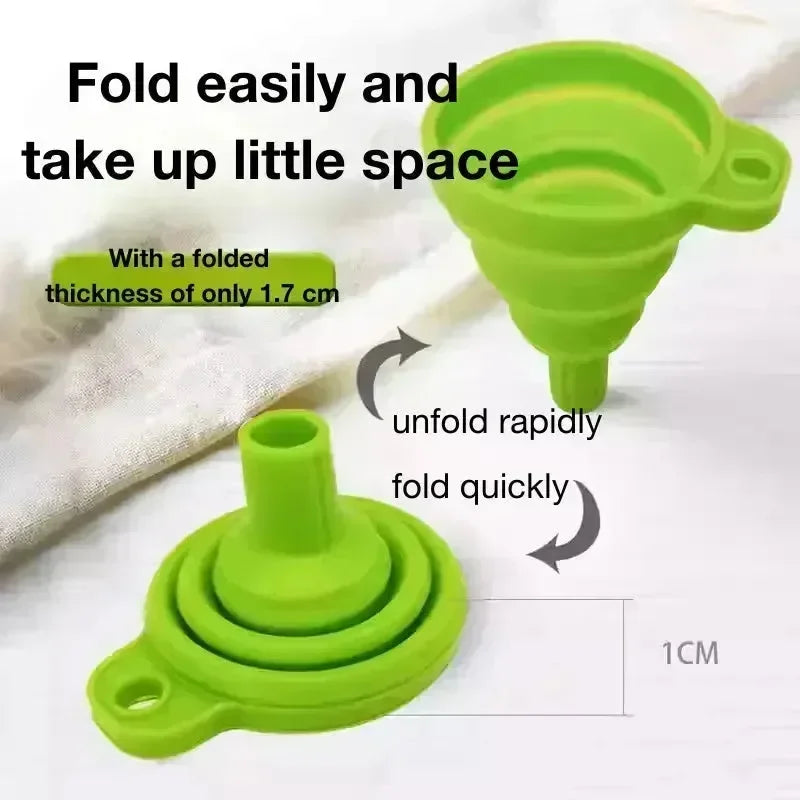







1 comment
Chad K
Thank you for the comparison data but it is now out of date. This article was published on October 24th of what year? I ask because as of June 30, 2025, the Stack5 website shows the Core2 AWS IoT kit to have a ESP32-D0WDQ6-V3 which runs a 240Mhz dual core processor. Stack5 doesn’t seem to identify the upgraded kit with a version number. However the base Core2 kit now has a v1.1 variant with upgraded power IC. I am sad to see they are phasing out their LoRa components (at least the USA 915Mhz models are EOL). Check out Stack5’s website for updated info on these ESP32 IoT controller kits and add-ons.